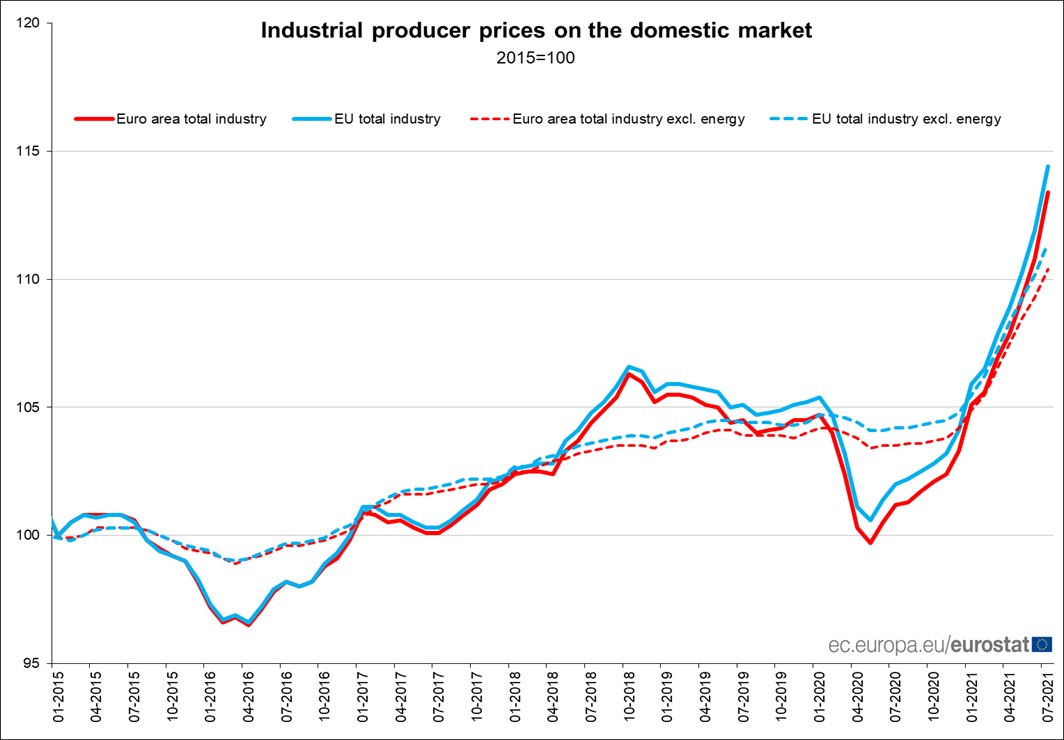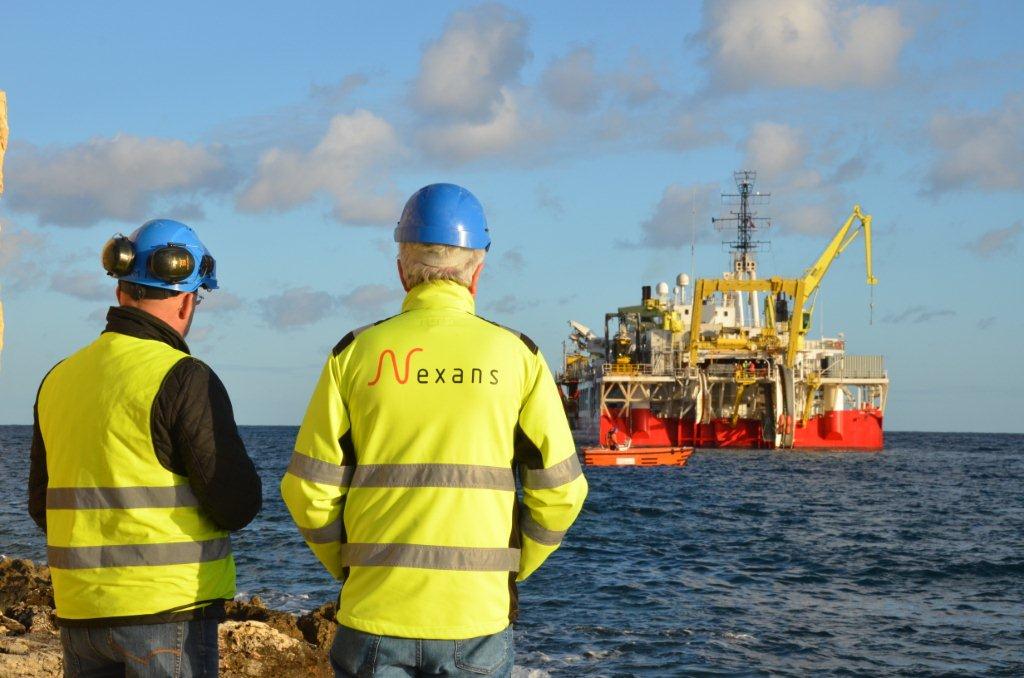Malta was the only European Union member state not to see an increase in industrial producer prices between June and July, a far cry from the jump of 20.6 per cent seen in Ireland.
This relative stability in producer prices is influenced by Malta’s energy prices, which have been stable for a number of years, although even when disregarding energy costs, Malta’s increase in producer prices over the years remains lower than the EU average.
The industrial producer price index (PPI) measures price changes from the point of view of the producers or manufacturers of a product.
According to a Eurostat release, in July 2021 industrial producer prices rose by 2.2 per cent in the EU when compared with June 2021. In June 2021, prices increased by 1.5 per cent in the bloc.
In Malta, industrial producer prices remained perfectly stable between June and July, after seeing an increase of 0.2 per cent between May and June.
When comparing the PPI to a year prior, there was an increase of 12.2 per cent in the EU.
Here again, Malta saw by far the lowest increase, with prices only rising by 1.4 per cent when compared to a year earlier. Slovakia, the country with the next lowest increase in PPI, still saw an increase of a 5.4 per cent, almost four times that registered in Malta.
Rising producer prices may feed into concerns that inflation might be raising its head, on the continent and globally.
The European Central Bank in fact recently changed its inflation target to “two per cent over the medium term”.
“This target is symmetric, meaning negative and positive deviations of inflation from the target are equally undesirable,” it said.
The ECB noted that low inflation “requires especially forceful or persistent monetary policy action to avoid negative deviations from the inflation target becoming entrenched.
“This may also imply a transitory period in which inflation is moderately above target.”
The role of energy prices
Energy prices, while central to the PPI, are also considered separately due to possible supply side fluctuations that might not reflect generalised trends. The PPI is thus also measured excluding energy prices.

While Malta’s energy prices have remained stable for years thanks to security of supply obtained through the interconnector and the controversial exclusive supply agreement with the State Oil Company of the Azerbaijan Republic (SOCAR), the relative stability of producer prices go beyond energy alone.
In fact, Malta’s total PPI in July 2018 stood at 101.4, as compared to an EU average of 104.8. However, when excluding energy costs, Malta’s PPI in July 2018 was 105.2, higher than the EU’s average of 103.6 – a clear indicator of the importance of Malta’s stable energy supply.
By July 2021, Malta’s PPI stood at 105.5, with the EU’s average at 114.4, while the Malta’s PPI excluding energy reached 111.9, as compared to an EU average of 110.4.
The cost of energy thus brings down total local energy prices, but increases those across the EU.
Malta’s PPI increased by 4 per cent over the last three years, while the EU’s increased by 9.2 per cent.
When excluding energy, however, Malta’s increase in PPI is much more in line with the EU average, registering an increase of 6.3 per cent as compared to an average Eu increase of 6.9 per cent.
Monthly comparison by main industrial grouping and by Member State
In the EU, industrial producer prices increased by 5.3 per cent in the energy sector, by 2.1 per cent for intermediate goods, by 0.7 per cent for durable consumer goods, by 0.6 per cent for capital goods and by 0.1 per cent for non-durable consumer goods. Prices in total industry excluding energy increased by 1.1%.
The highest increases in industrial producer prices were recorded in Ireland (+20.6 per cent), Estonia (+6.4 per cent) and Belgium (+4.2 per cent).
Annual comparison by main industrial grouping and by Member State
In the EU, industrial producer prices increased by 28.3 per cent in the energy sector, by 13.1 per cent for intermediate goods, by 3.1 per cent for durable consumer goods and by 2.7 per cent for capital goods and for non-durable consumer goods. Prices in total industry excluding energy increased by 6.9 per cent.
The industrial producer prices increased in all Member States, with the highest increases being registered in Ireland (+67.7 per cent), Estonia (+23.5 per cent) and Belgium (+23.0 per cent).
Featured Image:
Works to the Malta-Sicily Interconnector off Qalet Marku; Enemalta
Two years since its birth, Moneybase features on Microsoft’s Customer Stories
Moneybase has now just been featured on Microsoft’s latest Customer Stories
Finance Minister confirms continuity of food and energy subsidies
Spending on food and energy subsidies as a percentage of the GDP will be at 0.7% in 2025
MHRA congratulates Glenn Micallef on EU role, highlights positive impact on Malta’s tourism and cultural sectors
The lobby group emphasised that Malta’s cultural assets and sports scene are key factors in attracting visitors and fostering economic ...






